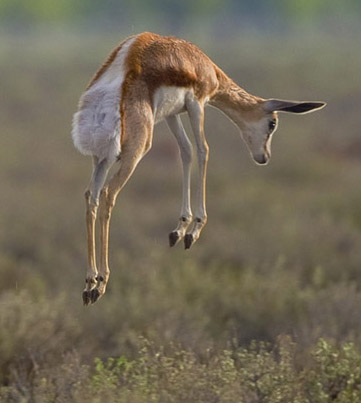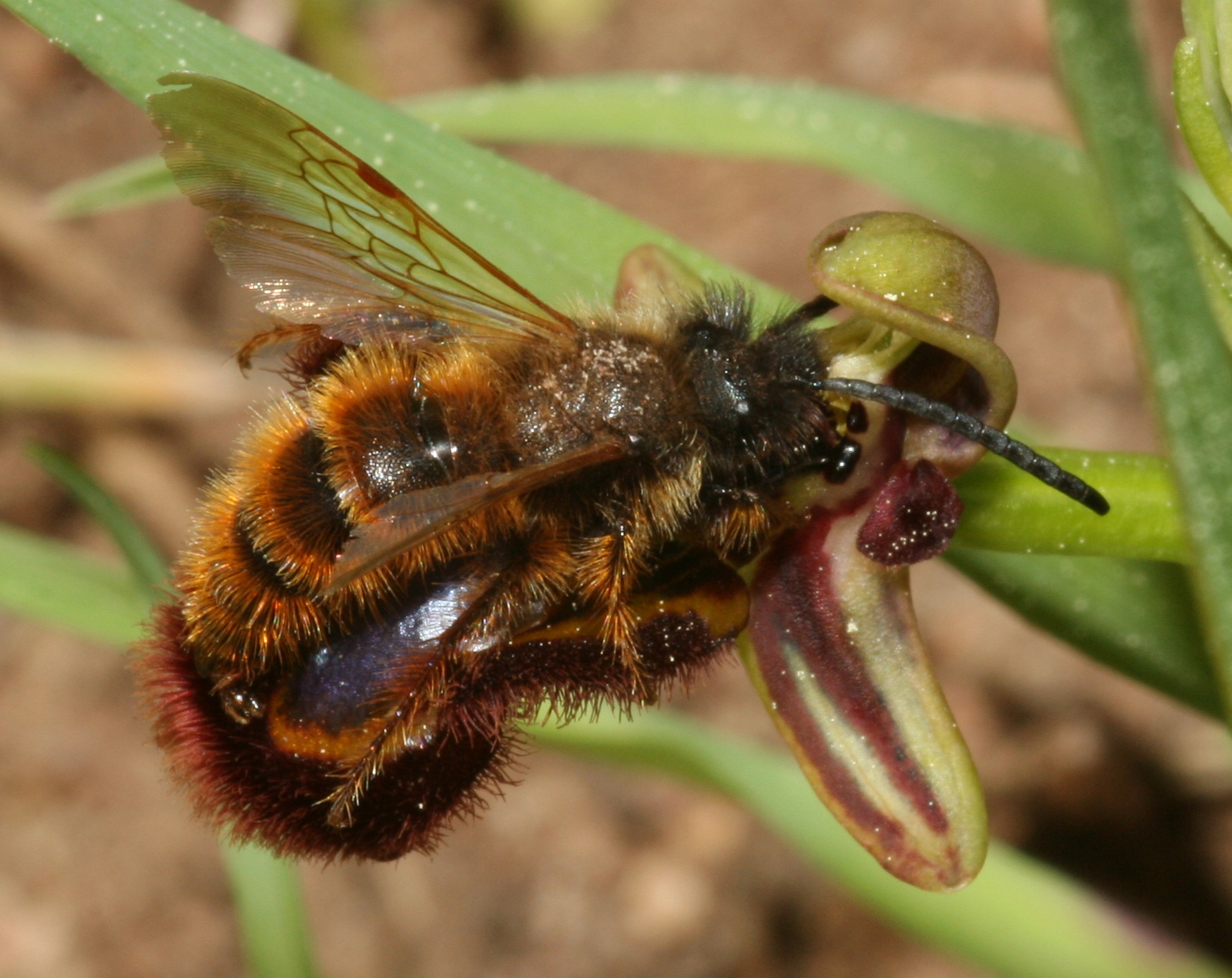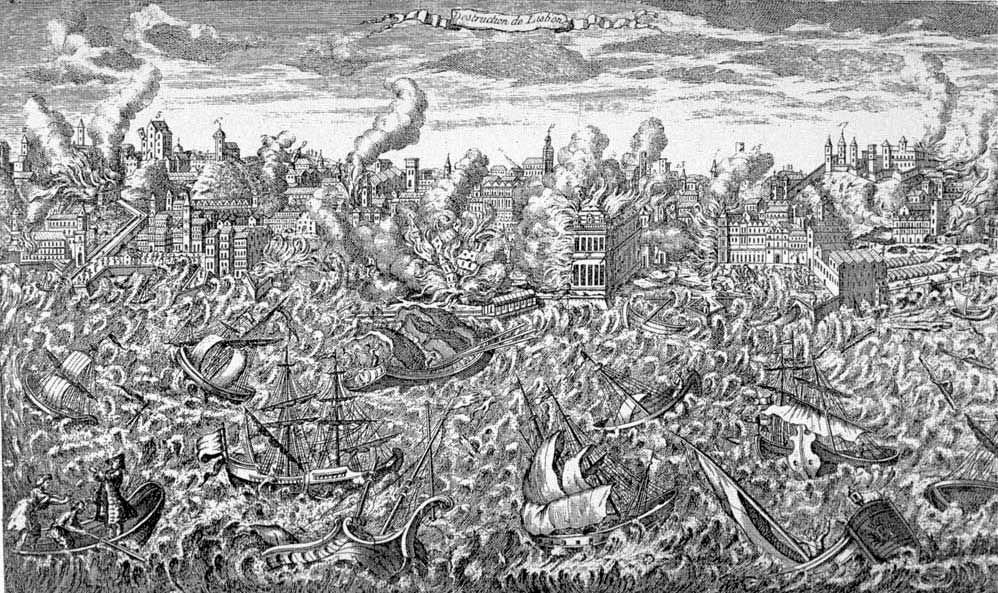|
Adaptation
In biology, adaptation has three related meanings. Firstly, it is the dynamic evolutionary process of natural selection that fits organisms to their environment, enhancing their evolutionary fitness. Secondly, it is a state reached by the population during that process. Thirdly, it is a phenotypic trait or adaptive trait, with a functional role in each individual organism, that is maintained and has evolved through natural selection. Historically, adaptation has been described from the time of the ancient Greek philosophers such as Empedocles and Aristotle. In 18th and 19th-century natural theology, adaptation was taken as evidence for the existence of a deity. Charles Darwin and Alfred Russel Wallace proposed instead that it was explained by natural selection. Adaptation is related to biological fitness, which governs the rate of evolution as measured by changes in allele frequencies. Often, two or more species co-adapt and co-evolve as they develop adaptations tha ... [...More Info...] [...Related Items...] OR: [Wikipedia] [Google] [Baidu] |
Evolution
Evolution is the change in the heritable Phenotypic trait, characteristics of biological populations over successive generations. It occurs when evolutionary processes such as natural selection and genetic drift act on genetic variation, resulting in certain characteristics becoming more or less common within a population over successive generations. The process of evolution has given rise to biodiversity at every level of biological organisation. The scientific theory of evolution by natural selection was conceived independently by two British naturalists, Charles Darwin and Alfred Russel Wallace, in the mid-19th century as an explanation for why organisms are adapted to their physical and biological environments. The theory was first set out in detail in Darwin's book ''On the Origin of Species''. Evolution by natural selection is established by observable facts about living organisms: (1) more offspring are often produced than can possibly survive; (2) phenotypic variatio ... [...More Info...] [...Related Items...] OR: [Wikipedia] [Google] [Baidu] |
Exaptation
Exaptation or co-option is a shift in the function of a trait during evolution. For example, a trait can evolve because it served one particular function, but subsequently it may come to serve another. Exaptations are common in both anatomy and behaviour. Bird feathers are a classic example. Initially they may have evolved for temperature regulation, but later were adapted for flight. When feathers were first used to aid in flight, that was an exaptive use. They have since then been shaped by natural selection to improve flight, so in their current state they are best regarded as adaptations for flight. So it is with many structures that initially took on a function as an exaptation: once molded for a new function, they become further adapted for that function. Interest in exaptation relates to both the process and products of evolution: the process that creates complex traits and the products (functions, anatomical structures, biochemicals, etc.) that may be imperfectly developed ... [...More Info...] [...Related Items...] OR: [Wikipedia] [Google] [Baidu] |
Teleology In Biology
Teleology in biology is the use of the language of goal-directedness in accounts of evolutionary adaptation, which some biologists and philosophy of science, philosophers of science find problematic. The term teleonomy has also been proposed. Before Charles Darwin, Darwin, organisms were seen as existing because God had creationism, designed and created them; their features such as eyes were taken by natural theology to have been made to enable them to carry out their function (biology), functions, such as seeing. Evolutionary biology, Evolutionary biologists often use similar teleological formulations that invoke purpose, but these imply natural selection rather than actual goals, whether conscious or not. Some biologists and religious thinkers held that evolution itself was somehow goal-directed (orthogenesis), and in Vitalism, vitalist versions, driven by a purposeful life force. With evolution working by natural selection acting on Genetic variation, inherited variation, the u ... [...More Info...] [...Related Items...] OR: [Wikipedia] [Google] [Baidu] |
Natural Selection
Natural selection is the differential survival and reproduction of individuals due to differences in phenotype. It is a key mechanism of evolution, the change in the Heredity, heritable traits characteristic of a population over generations. Charles Darwin popularised the term "natural selection", contrasting it with selective breeding, artificial selection, which is intentional, whereas natural selection is not. Genetic diversity, Variation of traits, both Genotype, genotypic and phenotypic, exists within all populations of organisms. However, some traits are more likely to facilitate survival and reproductive success. Thus, these traits are passed the next generation. These traits can also become more Allele frequency, common within a population if the environment that favours these traits remains fixed. If new traits become more favoured due to changes in a specific Ecological niche, niche, microevolution occurs. If new traits become more favoured due to changes in the ... [...More Info...] [...Related Items...] OR: [Wikipedia] [Google] [Baidu] |
Co-evolve
In biology, coevolution occurs when two or more species reciprocally affect each other's evolution through the process of natural selection. The term sometimes is used for two traits in the same species affecting each other's evolution, as well as gene-culture coevolution. Charles Darwin mentioned evolutionary interactions between flowering plants and insects in '' On the Origin of Species'' (1859). Although he did not use the word coevolution, he suggested how plants and insects could evolve through reciprocal evolutionary changes. Naturalists in the late 1800s studied other examples of how interactions among species could result in reciprocal evolutionary change. Beginning in the 1940s, plant pathologists developed breeding programs that were examples of human-induced coevolution. Development of new crop plant varieties that were resistant to some diseases favored rapid evolution in pathogen populations to overcome those plant defenses. That, in turn, required the development o ... [...More Info...] [...Related Items...] OR: [Wikipedia] [Google] [Baidu] |
Mimicry
In evolutionary biology, mimicry is an evolved resemblance between an organism and another object, often an organism of another species. Mimicry may evolve between different species, or between individuals of the same species. In the simplest case, as in Batesian mimicry, a mimic resembles a model, so as to deceive a dupe, all three being of different species. A Batesian mimic, such as a hoverfly, is harmless, while its model, such as a wasp, is harmful, and is avoided by the dupe, such as an insect-eating bird. Birds hunt by sight, so the mimicry in that case is visual, but in other cases mimicry may make use of any of the senses. Most types of mimicry, including Batesian, are deceptive, as the mimics are not harmful, but Müllerian mimicry, where different harmful species resemble each other, is Honest signal, honest, as when species of wasps and of bees all have genuinely Aposematism, aposematic warning coloration. More complex types may be bipolar, involving only two speci ... [...More Info...] [...Related Items...] OR: [Wikipedia] [Google] [Baidu] |
Candide
( , ) is a French satire written by Voltaire, a philosopher of the Age of Enlightenment, first published in 1759. The novella has been widely translated, with English versions titled ''Candide: or, All for the Best'' (1759); ''Candide: or, The Optimist'' (1762); and ''Candide: Optimism'' (1947). A young man, Candide, lives a sheltered life in an Garden of Eden, Edenic paradise, being indoctrinated with Gottfried Leibniz#Theodicy and optimism, Leibnizian optimism by his mentor, Professor Pangloss. This lifestyle is abruptly ended, followed by Candide's slow and painful disillusionment as he witnesses and experiences great hardships in the world. Voltaire concludes ''Candide'' with, if not rejecting Leibnizian optimism outright, advocating a deeply practical precept, "we must cultivate our garden", in lieu of the Leibnizian mantra of Pangloss, "all is for the best" in the "best of all possible worlds". ''Candide'' is characterized by its tone as well as its erratic, fantastical, ... [...More Info...] [...Related Items...] OR: [Wikipedia] [Google] [Baidu] |
Bird Flight
Bird flight is the primary mode of animal locomotion, locomotion used by most bird species in which birds take off and flight, fly. Flight assists birds with feeding, Sexual reproduction, breeding, avoiding predation, predators, and Bird migration, migrating. Bird flight includes multiple types of motion, including hovering, taking off, and landing, involving many complex movements. As different bird species adapted over millions of years through evolution for specific environments, prey, predators, and other needs, they developed Generalist and specialist species, specializations in their wing (bird), wings, and acquired different forms of flight. Various theories exist about how bird flight evolution, evolved, including flight from falling or gliding (the ''trees down'' hypothesis), from running or leaping (the ''ground up'' hypothesis), from ''wing-assisted incline running'' or from '' proavis'' (pouncing) behavior. Basic mechanics of bird flight Lift, drag and thrust The f ... [...More Info...] [...Related Items...] OR: [Wikipedia] [Google] [Baidu] |
Charles Darwin
Charles Robert Darwin ( ; 12 February 1809 – 19 April 1882) was an English Natural history#Before 1900, naturalist, geologist, and biologist, widely known for his contributions to evolutionary biology. His proposition that all species of life have descended from a Common descent, common ancestor is now generally accepted and considered a fundamental scientific concept. In a joint presentation with Alfred Russel Wallace, he introduced his scientific theory that this Phylogenetics, branching pattern of evolution resulted from a process he called natural selection, in which the struggle for existence has a similar effect to the artificial selection involved in selective breeding.. Darwin has been described as one of the most influential figures in human history and was honoured by Burials and memorials in Westminster Abbey, burial in Westminster Abbey. Darwin's early interest in nature led him to neglect his medical education at the University of Edinburgh Medical Schoo ... [...More Info...] [...Related Items...] OR: [Wikipedia] [Google] [Baidu] |
Final Cause
The four causes or four explanations are, in Aristotelian thought, categories of questions that explain "the why's" of something that exists or changes in nature. The four causes are the: material cause, the formal cause, the efficient cause, and the final cause. Aristotle wrote that "we do not have knowledge of a thing until we have grasped its why, that is to say, its cause." While there are cases in which classifying a "cause" is difficult, or in which "causes" might merge, Aristotle held that his four "causes" provided an analytical scheme of general applicability. Aristotle's word ''aitia'' () has, in philosophical scholarly tradition, been translated as 'cause'. This peculiar, specialized, technical, usage of the word 'cause' is not that of everyday English language. Rather, the translation of Aristotle's that is nearest to current ordinary language is "explanation." In ''Physics'' II.3 and ''Metaphysics'' V.2, Aristotle holds that there are four kinds of answers to ... [...More Info...] [...Related Items...] OR: [Wikipedia] [Google] [Baidu] |
Allele Frequencies
Allele frequency, or gene frequency, is the relative frequency of an allele (variant of a gene) at a particular locus in a population, expressed as a fraction or percentage. Specifically, it is the fraction of all chromosomes in the population that carry that allele over the total population or sample size. Microevolution is the change in allele frequencies that occurs over time within a population. Given the following: # A particular locus on a chromosome and a given allele at that locus # A population of ''N'' individuals with ploidy ''n'', i.e. an individual carries ''n'' copies of each chromosome in their somatic cells (e.g. two chromosomes in the cells of diploid species) # The allele exists in ''i'' chromosomes in the population then the allele frequency is the fraction of all the occurrences ''i'' of that allele and the total number of chromosome copies across the population, ''i''/(''nN''). The allele frequency is distinct from the genotype frequency, although they are ... [...More Info...] [...Related Items...] OR: [Wikipedia] [Google] [Baidu] |
Organism
An organism is any life, living thing that functions as an individual. Such a definition raises more problems than it solves, not least because the concept of an individual is also difficult. Many criteria, few of them widely accepted, have been proposed to define what an organism is. Among the most common is that an organism has autonomous reproduction, Cell growth, growth, and metabolism. This would exclude viruses, despite the fact that they evolution, evolve like organisms. Other problematic cases include colonial organisms; a colony of eusocial insects is organised adaptively, and has Germ-Soma Differentiation, germ-soma specialisation, with some insects reproducing, others not, like cells in an animal's body. The body of a siphonophore, a jelly-like marine animal, is composed of organism-like zooids, but the whole structure looks and functions much like an animal such as a jellyfish, the parts collaborating to provide the functions of the colonial organism. The evolutiona ... [...More Info...] [...Related Items...] OR: [Wikipedia] [Google] [Baidu] |










